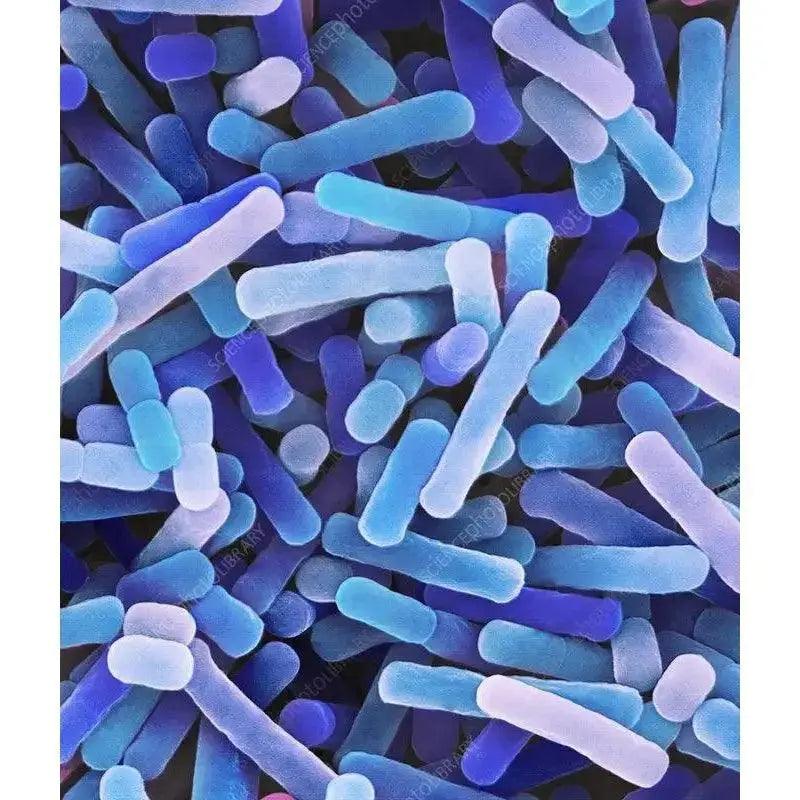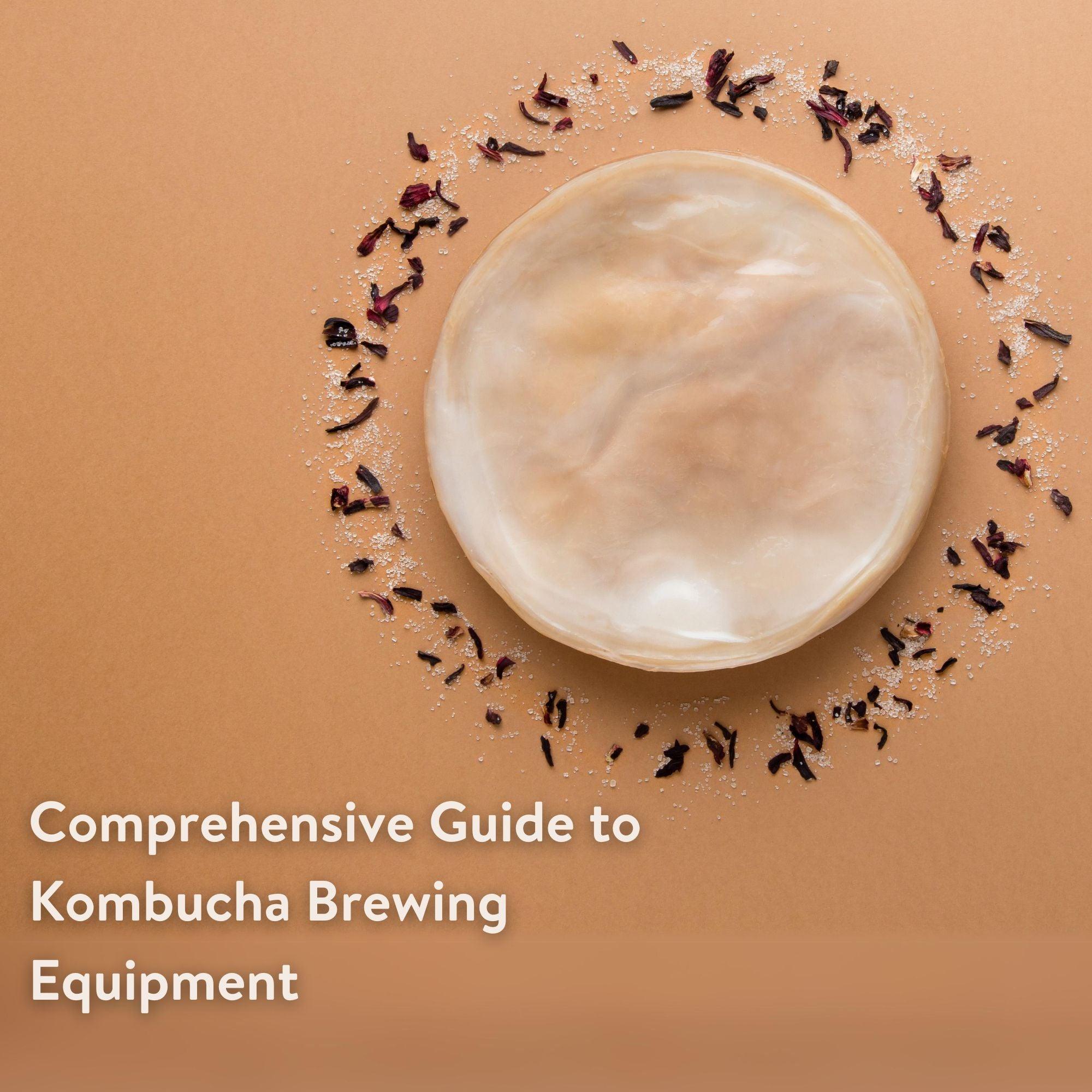Lactobacillus Species: The Health-Boosting Quartet
Table Summary
| Microorganism | Key Health Benefits |
|---|---|
| Lactobacillus kefiri | Antibiotic resistance, antibacterial properties |
| Lactobacillus kefiranofaciens subsp. kefiranofaciens | Kefiran production, immune system boost |
| Lactobacillus kefiranofaciens subsp. kefirgranum | Assumed similar benefits to L. kefiranofaciens subsp. kefiranofaciens, more research is needed |
| Lactobacillus parakefiri | Potential probiotic properties, more research is needed |
- Lactobacillus kefiri (Lb. kefiri)
Lb. kefiri is no ordinary probiotic. Here are some notable benefits it brings to the table:
-
Antibiotic Resistance: Lb. kefiri has been found to resist certain antibiotics, making it a valuable ally during antibiotic treatment, as it helps maintain a healthy gut microbiota1.
-
Antibacterial Properties: Lb. kefiri produces bacteriocins, substances that inhibit the growth of harmful bacteria. These can protect against pathogens like Salmonella and Escherichia coli1.
- Lactobacillus kefiranofaciens subsp. kefiranofaciens
This strain also possesses several noteworthy health advantages:
-
Kefiran Production: It is a major producer of kefiran, a type of polysaccharide that has potential health benefits, including antimicrobial, antitumor, and anti-inflammatory properties2.
-
Boosting Immune System: It can stimulate the immune system, bolstering the body's natural defenses against diseases3.
- Lactobacillus kefiranofaciens subsp. kefirgranum
There's limited research available for this particular subspecies. However, as a member of the Lactobacillus kefiranofaciens species, it's reasonable to assume it might share similar probiotic properties. More research is needed to fully understand its benefits.
- Lactobacillus parakefiri
Current research is limited, thus, the specific health benefits of Lb. parakefiri are yet to be fully discovered. However, it is a consistent inhabitant of kefir grains, indicating a potentially important role in this probiotic-rich environment.
References
1.(1) Otles, S., & Cagindi, O. (2003). Kefir: A Probiotic Dairy-Composition, Nutritional and Therapeutic Aspects. Pakistan Journal of Nutrition, 2(2), 54-59.
1.(2) Rosa, D. D., Dias, M. M. S., Grzeskowiak, L. M., Reis, S. A., Conceição, L. L., & Peluzio, M. D. C. G. (2017). Milk kefir: nutritional, microbiological and health benefits. Nutrition Research Reviews, 30(1), 82-96.



